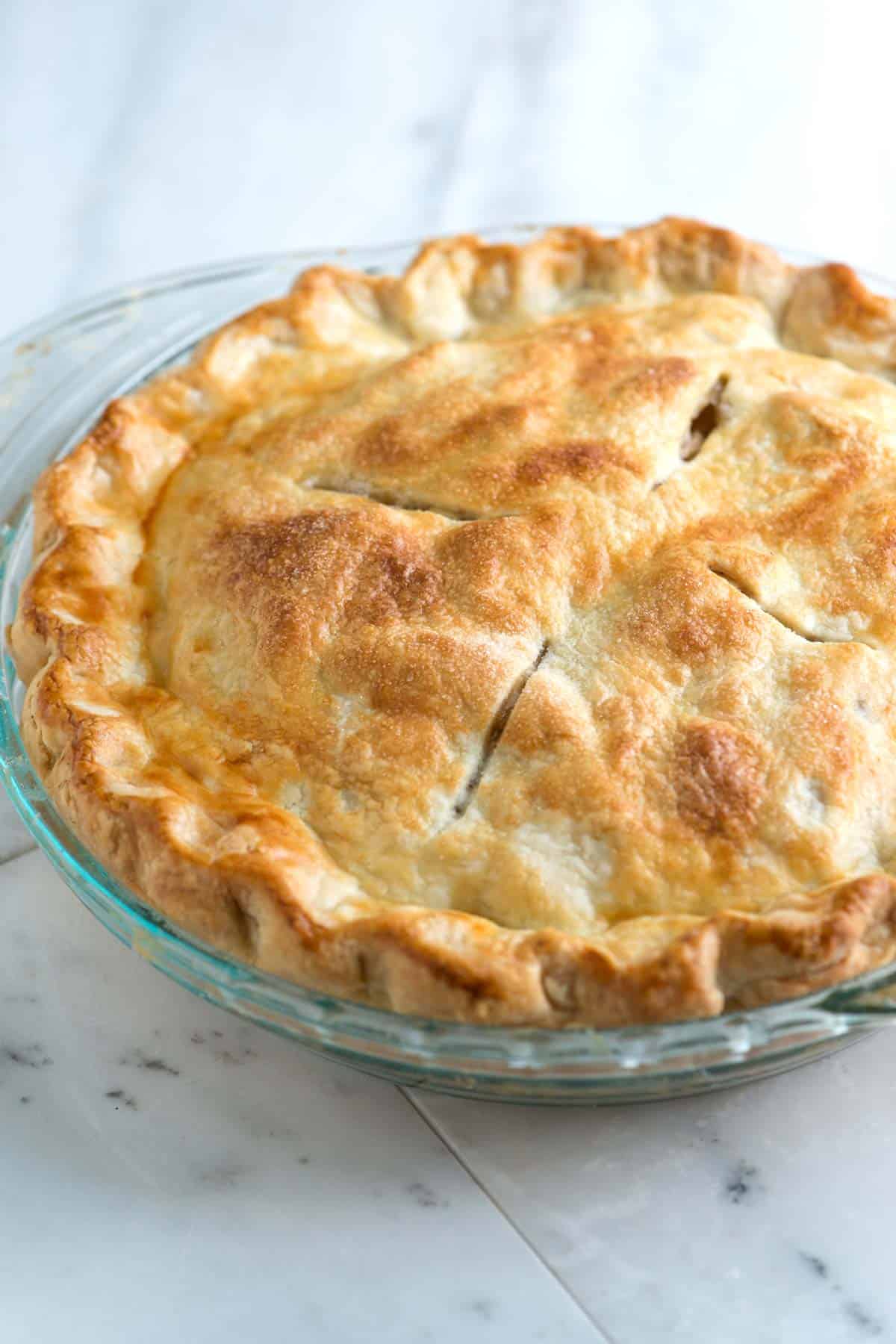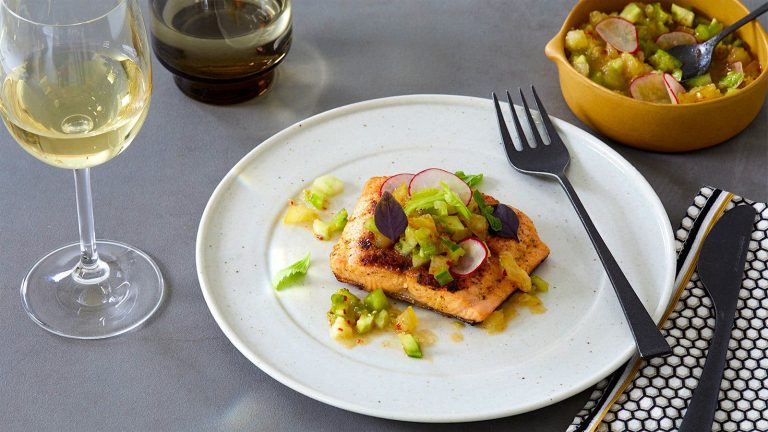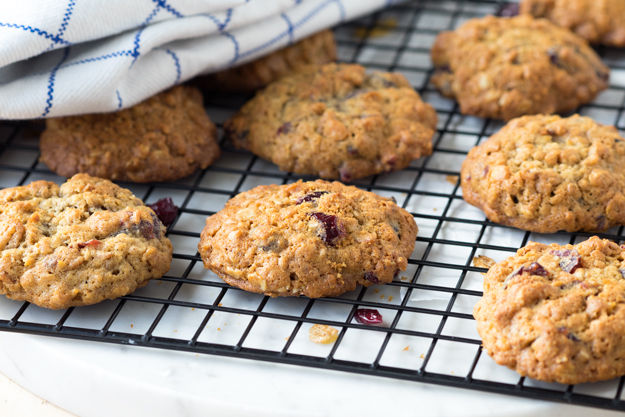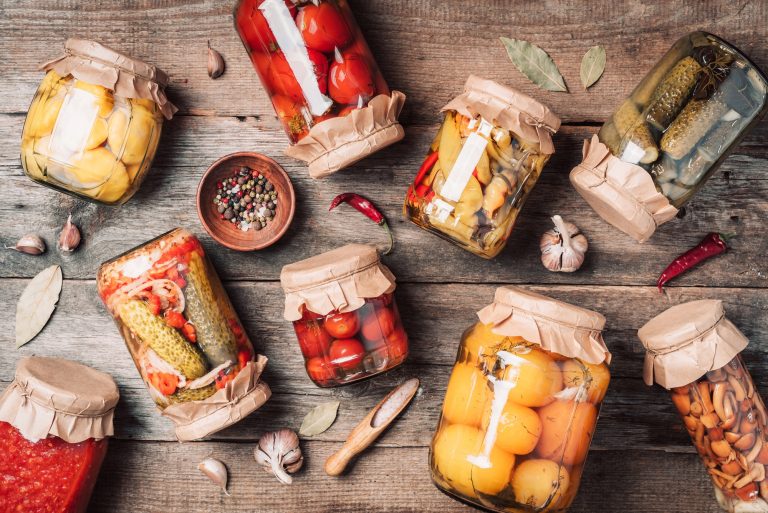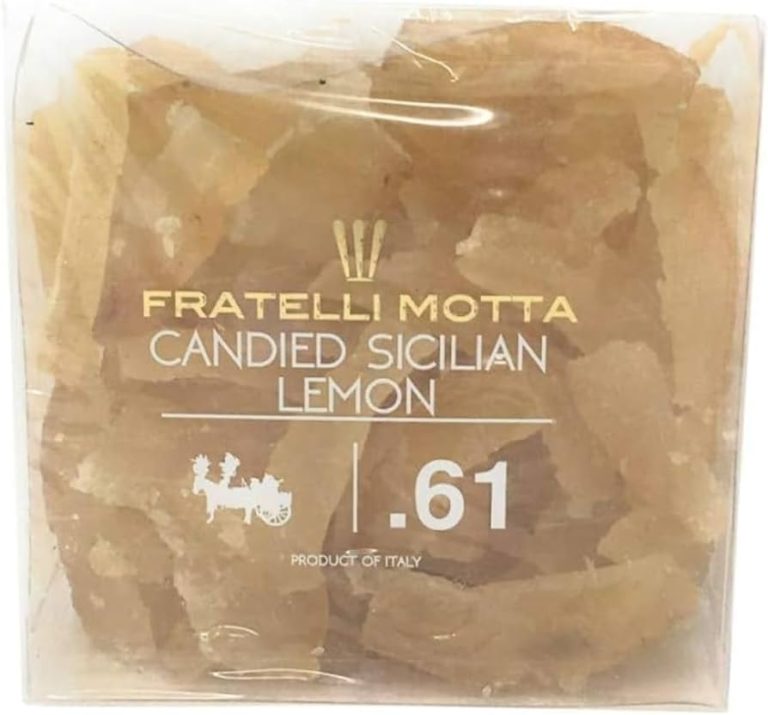Butter Flaky Pie Crust: Tips, Variations, and Gluten-Free Options
Choosing the right ingredients ensures your pie crust is both buttery and flaky. Use high-quality unsalted butter; it provides better control over the salt content. Ice water helps maintain the dough’s temperature, preventing the butter from melting prematurely. All-purpose flour balances protein content, making the dough workable yet tender. Lastly, a pinch of salt enhances flavor, making each bite more enjoyable.
Technique Matters
Proper technique transforms ingredients into a flawless crust. Cut the butter into the flour until pea-sized crumbs form; this step creates pockets that lead to flakiness. Add ice water gradually, stirring with a fork to incorporate gently. Avoid overworking the dough; it develops gluten, resulting in a tough crust. After forming the dough, refrigerate for at least 30 minutes; chilling ensures the butter remains solid during baking, creating flakiness in the final product.
Step-by-Step Guide to Making Butter Flaky Pie Crust
Mixing the Ingredients
Place 2 1/2 cups of all-purpose flour, 1 teaspoon of salt, and 1 tablespoon of sugar in a large bowl. Add 1 cup of cold, unsalted butter, cut into small cubes. Use a pastry cutter or your fingertips to cut the butter into the flour mixture until it resembles coarse crumbs, with pea-sized bits of butter scattered throughout. Gradually add 6-8 tablespoons of ice water, 1 tablespoon at a time, mixing gently each time. Stop adding water when the dough begins to come together without being too wet.
Rolling and Shaping
Form the dough into a ball, then flatten it into a disc. Wrap the disc in plastic wrap and refrigerate for at least 1 hour. After chilling, place the dough on a lightly floured surface and roll it out into a 12-inch circle, about 1/8 inch thick. Flip the dough occasionally to prevent sticking, and add more flour as needed. Once rolled out, transfer the dough to your pie pan by gently folding it in half and then into quarters. Unfold it into the pan and press it gently to fit, trimming any overhang to about 1 inch. Crimp the edges as desired and refrigerate the crust for at least 30 minutes before filling and baking to ensure maximum flakiness.
Common Mistakes to Avoid
Overworking the Dough
Overworking the dough makes the pie crust tough, not flaky. While mixing, handle the dough gently and only until the ingredients are combined. Use cold butter chopped into small pieces and a light hand to incorporate it into the flour. When rolling out the dough, apply even pressure and avoid rolling more than necessary. Each time the dough is worked, gluten develops, which results in a dense final product.
Not Chilling the Dough
Not chilling the dough results in a lack of structure. Chilling the dough after mixing and before rolling helps the gluten relax and firms up the fat inside. This step allows the butter to melt slowly while baking, creating a flaky texture. Place the dough in the refrigerator for at least 30 minutes, or overnight for best results. If the dough warms up too much during shaping, refrigerate it again before baking.
Variations of Butter Flaky Pie Crust
Adding Flavors
Enhancing a butter flaky pie crust with additional flavors can elevate the final dessert. You can infuse zest from citrus fruits like lemons or oranges into the dough. Mixing in ground spices such as cinnamon, nutmeg, or cardamom provides warmth and depth. For a nutty profile, incorporate finely ground almonds or hazelnuts into the flour. Adding a bit of sugar or honey can also sweeten the crust, making it perfect for dessert pies. Use each flavoring sparingly to maintain the crust’s structure and flakiness.
Gluten-Free Options
Creating a gluten-free butter flaky pie crust is achievable by substituting traditional flour with gluten-free alternatives. Use a blend of rice flour, almond flour, and tapioca starch for a similar texture. Adding a binding agent like xanthan gum helps mimic the elasticity gluten provides. Ensure the butter remains cold and handle the dough minimally to keep it flaky. Experimenting with different flour blends allows you to find the optimal mix for the desired taste and texture without compromising the crust’s quality.
Conclusion
Mastering a butter flaky pie crust elevates your baking game and adds a touch of homemade charm to your desserts. By focusing on quality ingredients and essential techniques, you can avoid common pitfalls and achieve a tender, flaky result every time. Experimenting with flavors and gluten-free alternatives allows you to customize your crust to suit any taste or dietary need. With these tips and tricks, you’re well-equipped to create pie crusts that are as delicious as they are beautiful. Happy baking!
